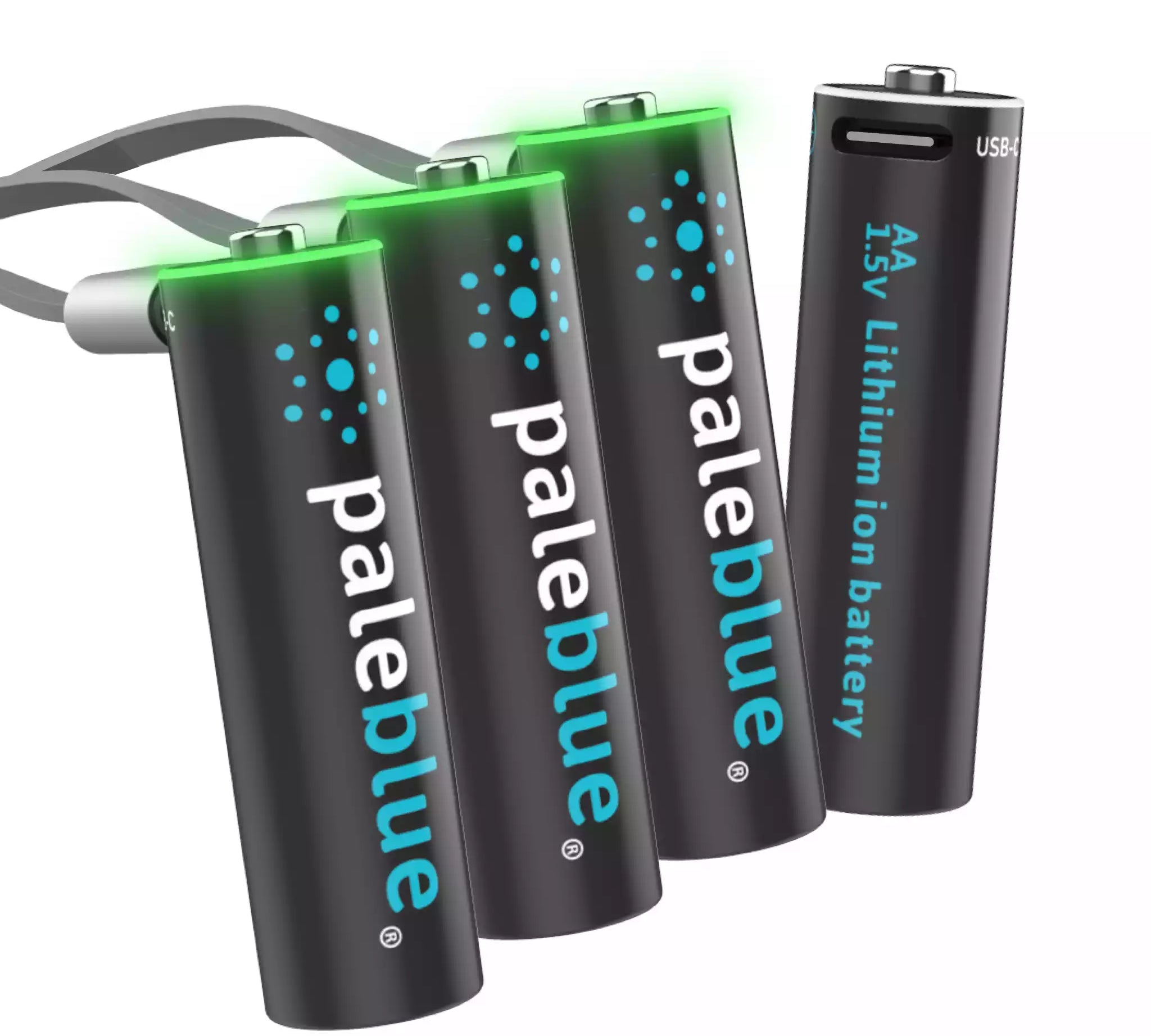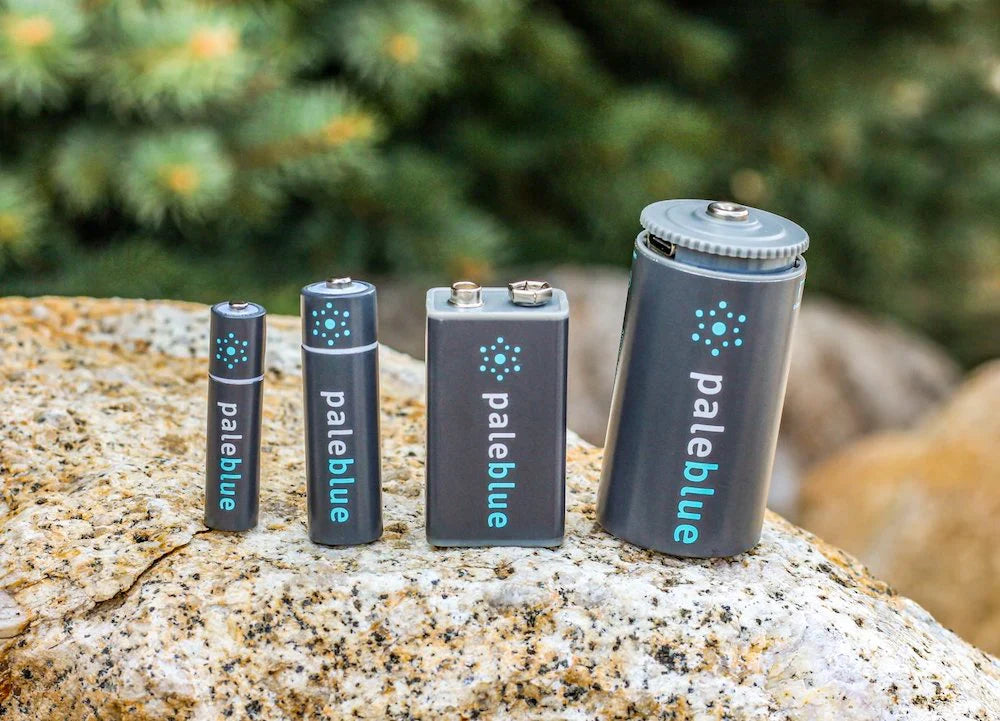3 Main Battery Types: Alkaline, NiMH & Lithium Ion

Stop and think about how many devices you own that run on batteries. From computers to cell phones and personal grooming devices, battery-powered electronics are synonymous with modern society. We would be lost without our batteries.
There are three primary battery types available for consumer use. They are alkaline, nickel metal hydride (NIMH), and lithium ion. Each type has its pros and cons. Each one also has a distinctive place in technology history.
Alkaline Batteries
Alkaline batteries with the first commercially available batteries. They were invented simultaneously, but independently, by Waldemar Jungner and Thomas Edison. However, their early batteries were overshadowed by the first dry cell alkaline invented by Canadian Lewis Urry in the 1950s.
An alkaline battery relies on zinc as the negative electrode and manganese dioxide as the positive electrode. Both substances are consumed as the battery discharges. As such, alkaline batteries are single use, disposable batteries. Once discharged they cannot be safely recharged.
Alkaline batteries are the cheapest on a per-unit basis. They offer consistent performance from start to finish. In other words, you do not notice a drop-off in power until an alkaline battery reaches end-of-life. Unfortunately, alkaline batteries are very difficult to recycle.
Nickel Metal Hydride Batteries
NiMH batteries were invented in the late 1960s. Development was more or less the result of automotive sector investments from companies like Volkswagen and Daimler-Benz. Car companies wanted better batteries that would be less expensive and more reliable.
The negative electrode in this type of battery is an intermetallic compound that includes nickel. The positive electrode is nickel hydroxide. Because the components are not consumed during discharge, NiMH batteries are rechargeable.
NiMH batteries are more expensive than alkalines. A typical battery gets about 500 charges before reaching end-of-life. Unfortunately, performance degrades with discharge and you notice a definite drop-off in power as time goes by. NiMH batteries also take quite a long time to charge.
Lithium Ion Batteries
Also known as Li-ion batteries, lithium ion batteries are the newest of the three primary types. They are rechargeable batteries commonly used in portable electronics. The battery in your cell phone, for example, is Li-ion.
Research into lithium ion batteries began in earnest in the 1970s. However, it wasn't until the early 1990s that the first commercially available Li-ion battery came out. Thanks to the explosion of personal electronics over the last two decades, Li-ion technology has been advanced considerably.
Although Li-ion batteries are the most expensive of the three, they tend to pay for themselves very quickly, which is their primary advantage. A good Li-ion battery can be charged twice as many times as an NiMH battery. Indeed, Paleblue Earth lithium ion batteries can be charged more than 1,000 times.
Another advantage of lithium-ion is constant power output. There is no loss of performance as the battery discharges. Lithium ion batteries also recharge very quickly; usually in 1-3 hours. The icing on the cake is that Li-ion batteries are up to 30% lighter than alkaline and NiMH batteries, making them ideal for portability.
A Generational Story
When you look at the history of battery science, you notice a generational story unfolding. Like so many other technologies, batteries started out as very primitive devices that were improved over time. With each successive generation, the battery has become better.
The lithium-ion battery represents the state-of-the-art technology of the day. It powers almost all of our portable electronic devices. And now, companies like Paleblue are working to displace these old chemistries in order to allow people and the world to operate on fewer physical batteries, saving costs, waste, and resources.







